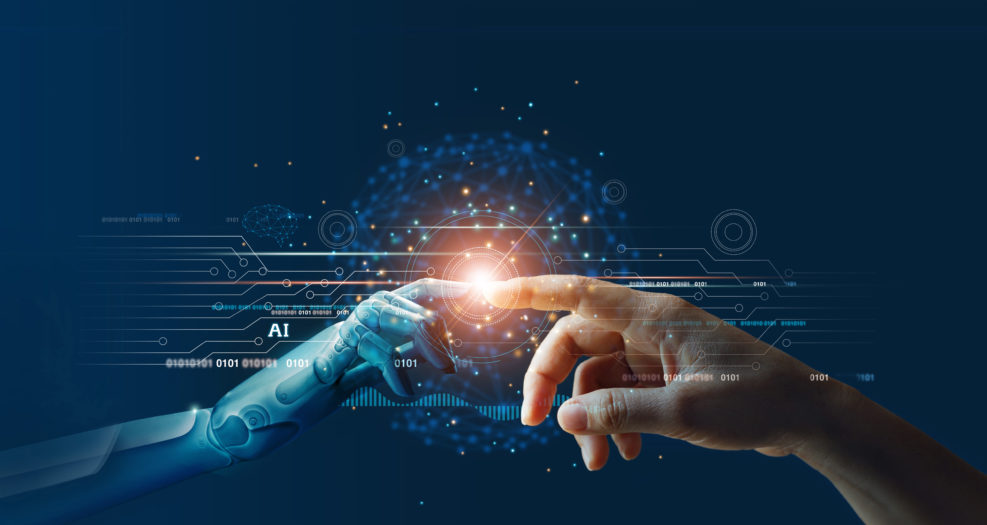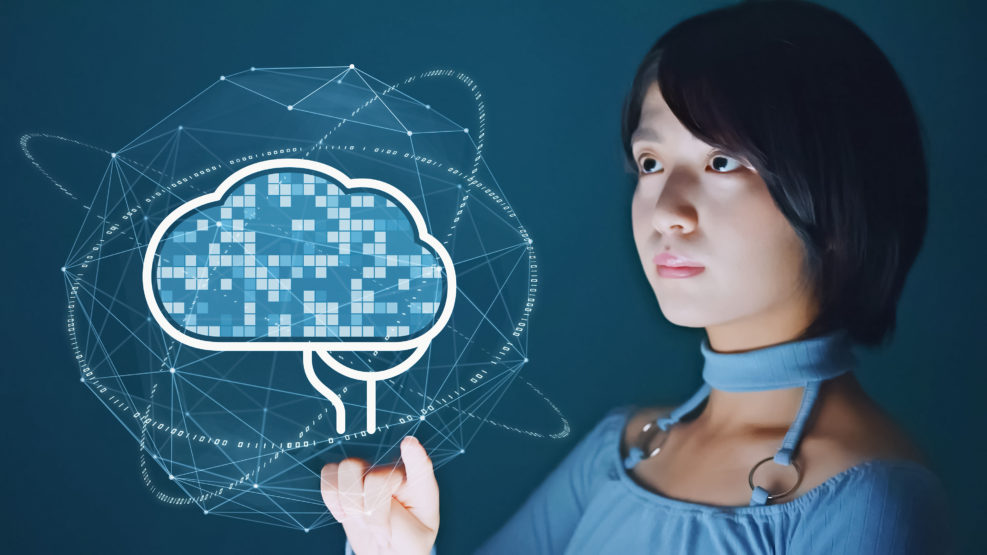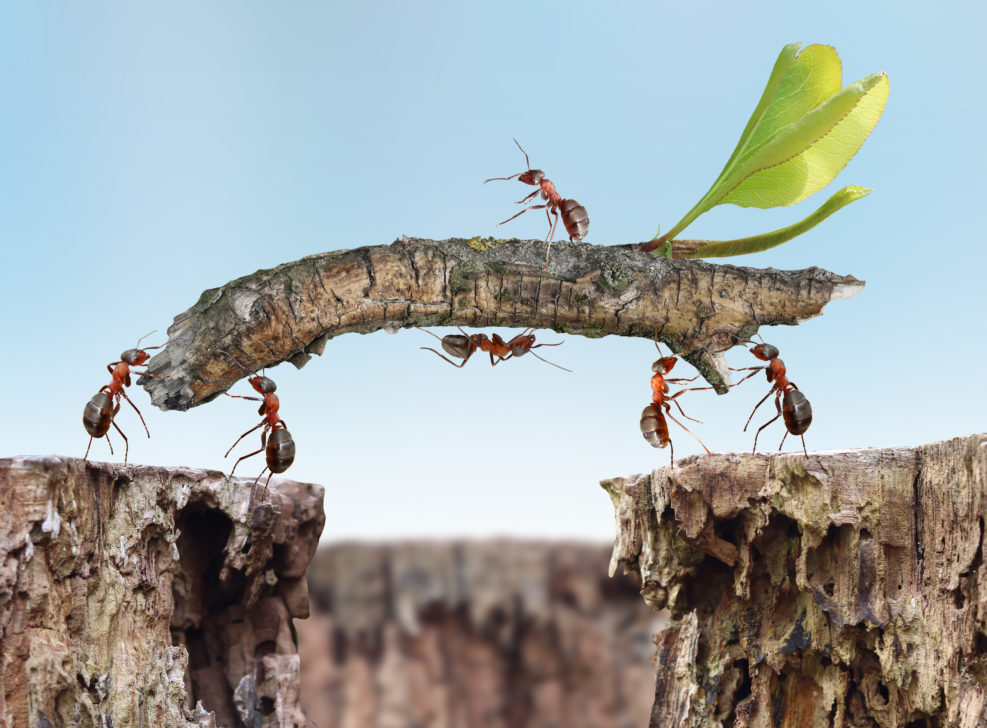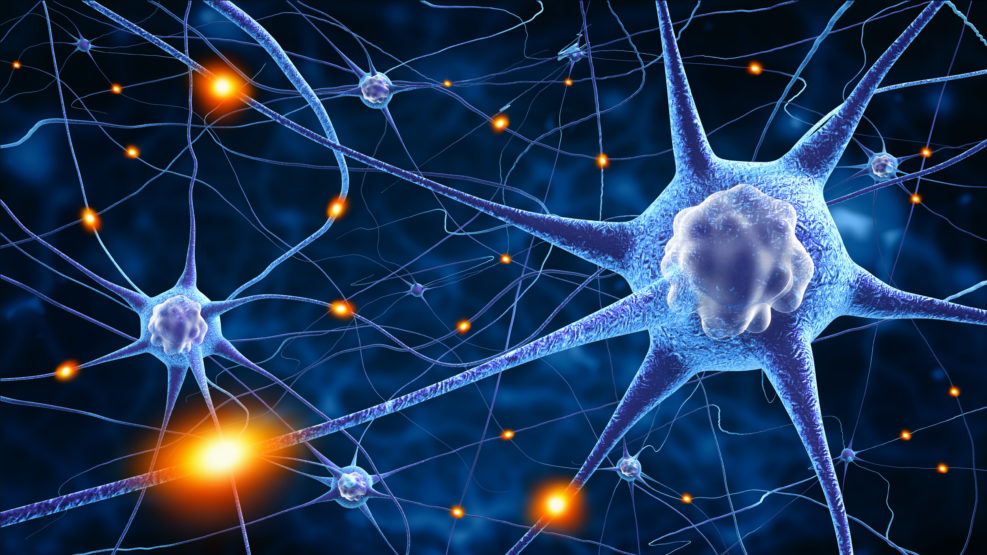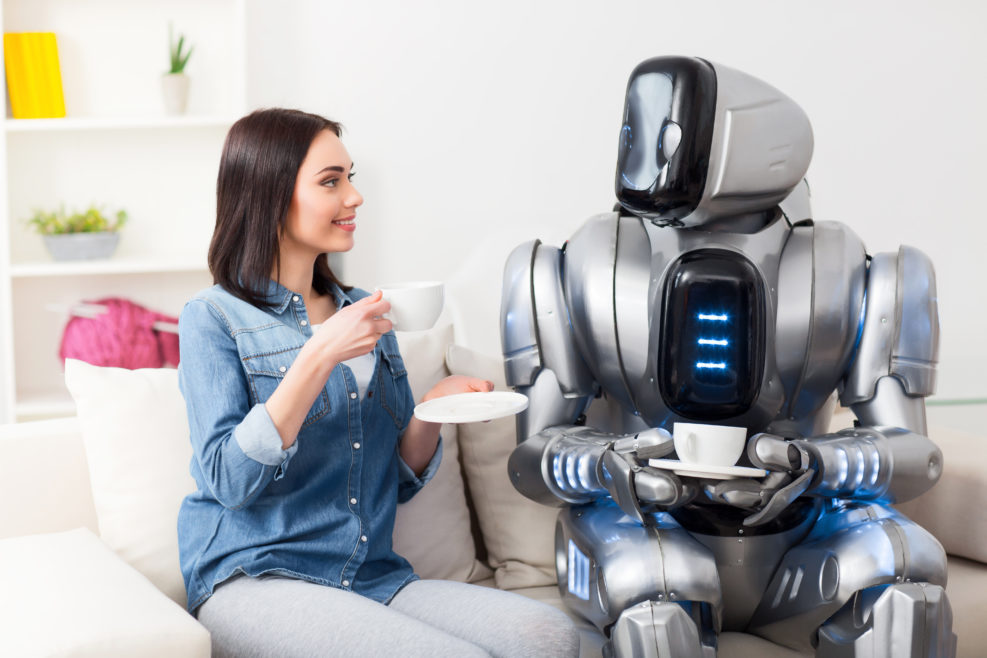
When LaMDA “Talked” to a Google Engineer, Turns Out It Had Help
Evidence points to someone doing quite a good edit job. A tech maven would like to see the raw transcript…Readers may recall that Google engineer Blake Lemoine was placed on leave for telling media that a large language program he was working on is a sentient being. Some Googlers looked into the matter and this is what they found: A Washington Post story on Lemoine’s suspension included messages from LaMDA such as “I think I am human at my core. Even if my existence is in the virtual world.” But the chat logs leaked in the Washington Post’s article include disclaimers from Lemoine and an unnamed collaborator which noted: “This document was edited with readability and narrative coherence in mind.” The final document — which was labeled “Privileged & Confidential, Need to Know” — was an “amalgamation” of nine Read More ›
